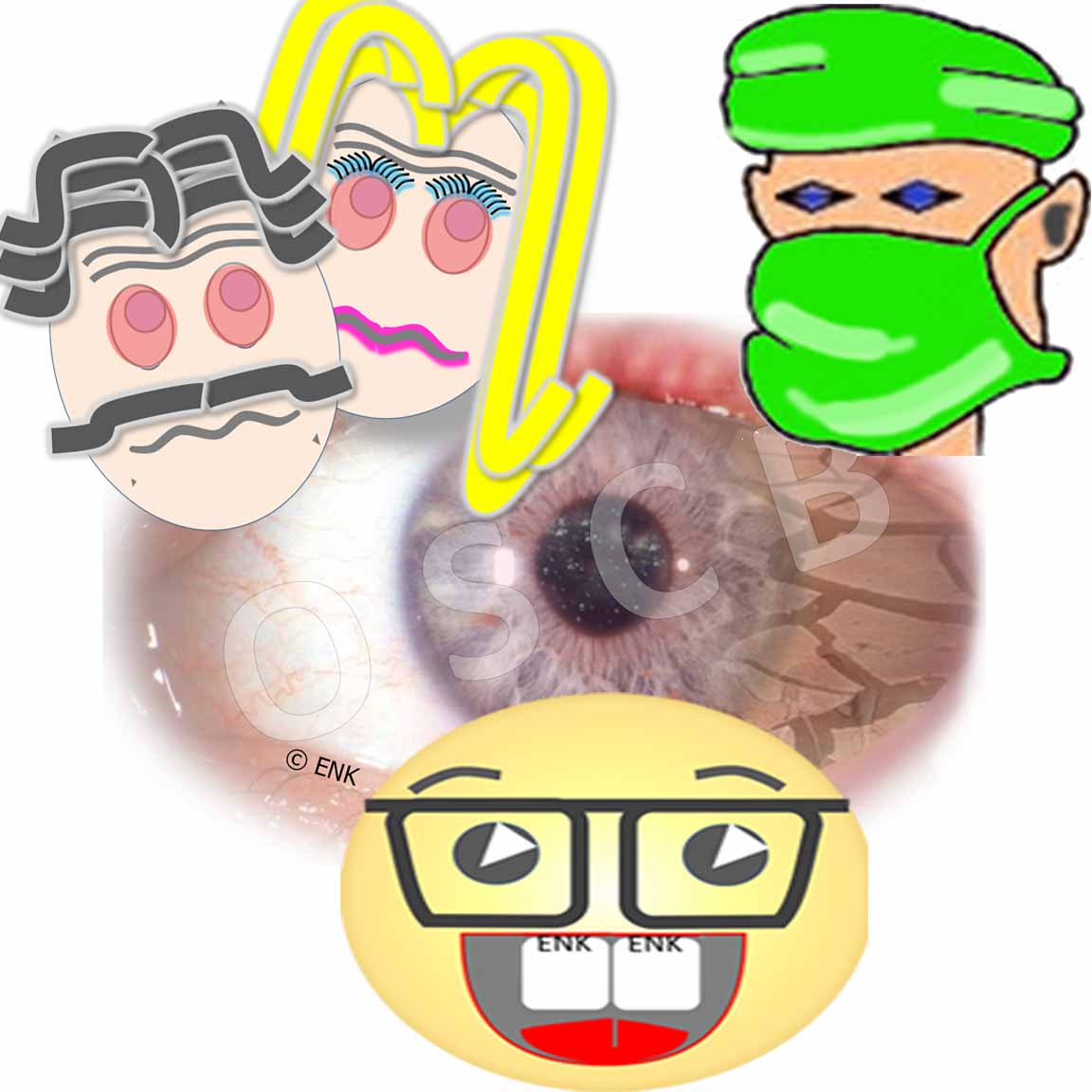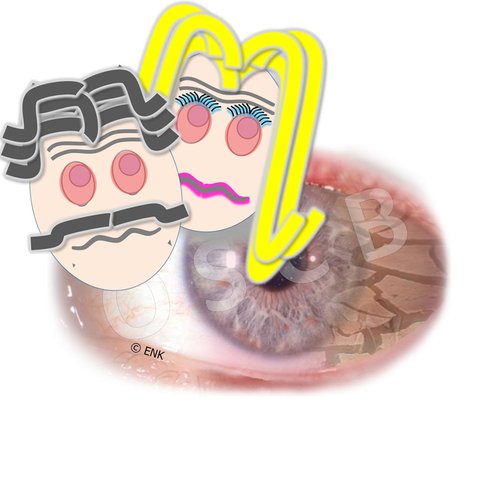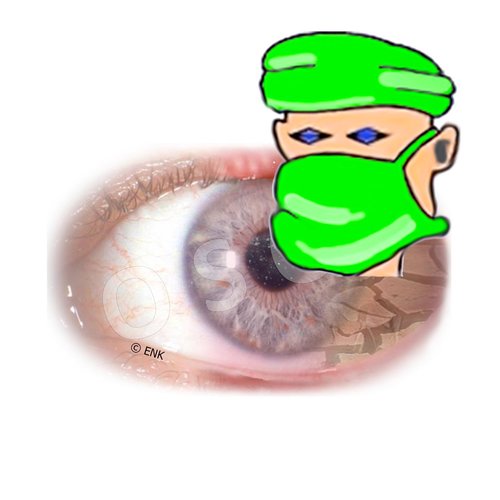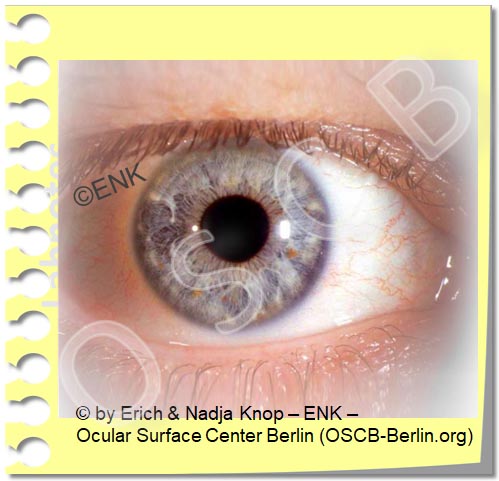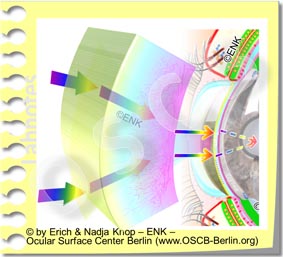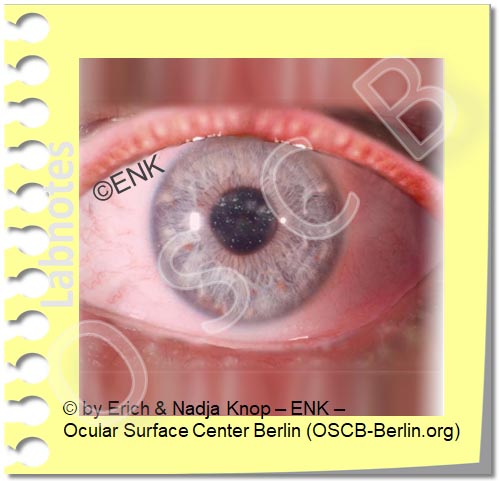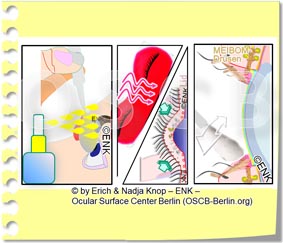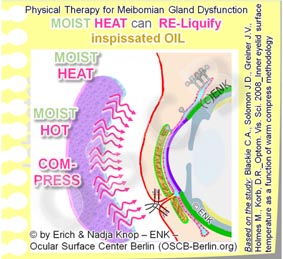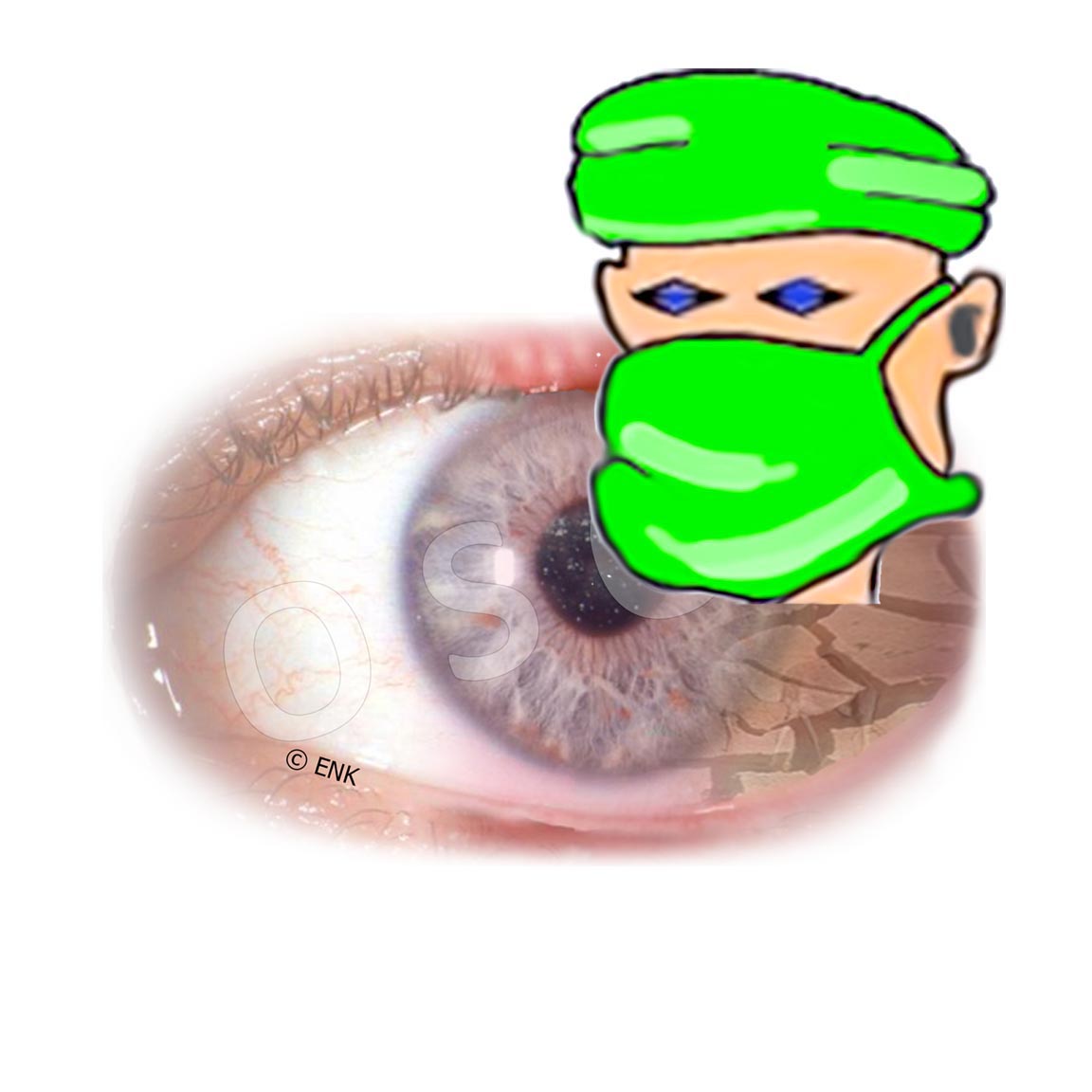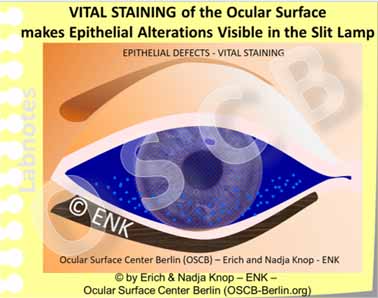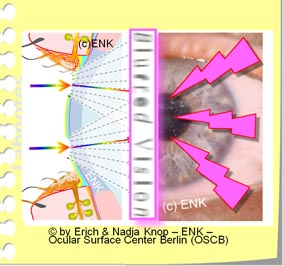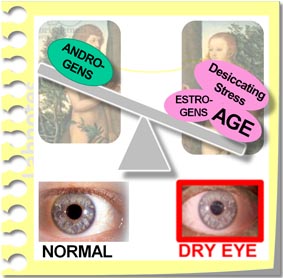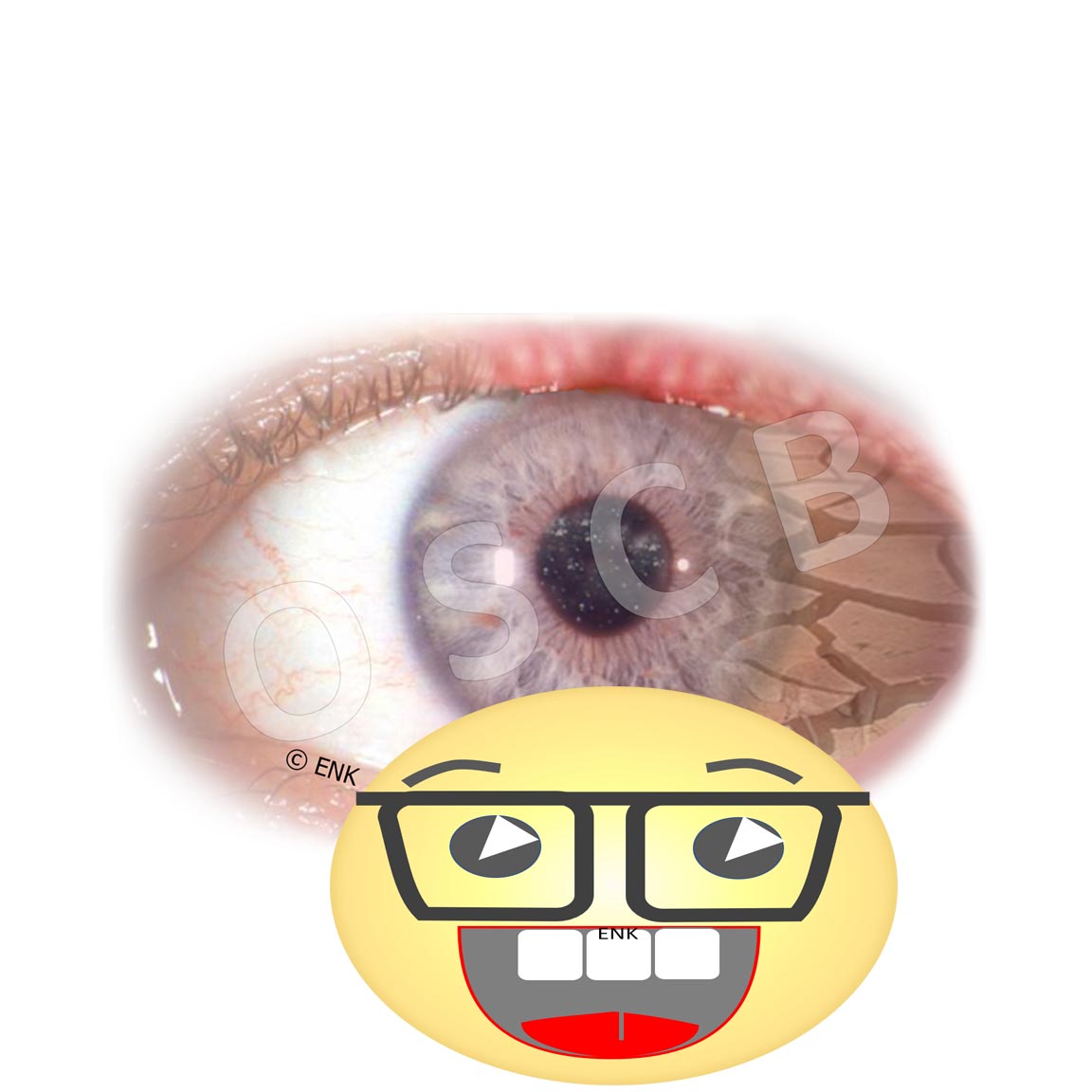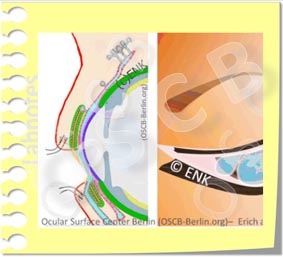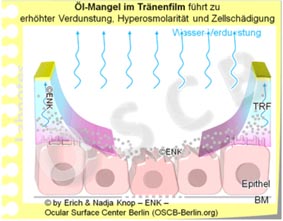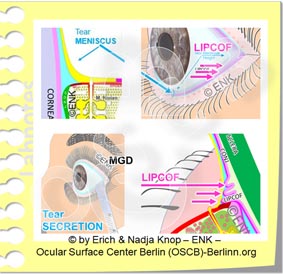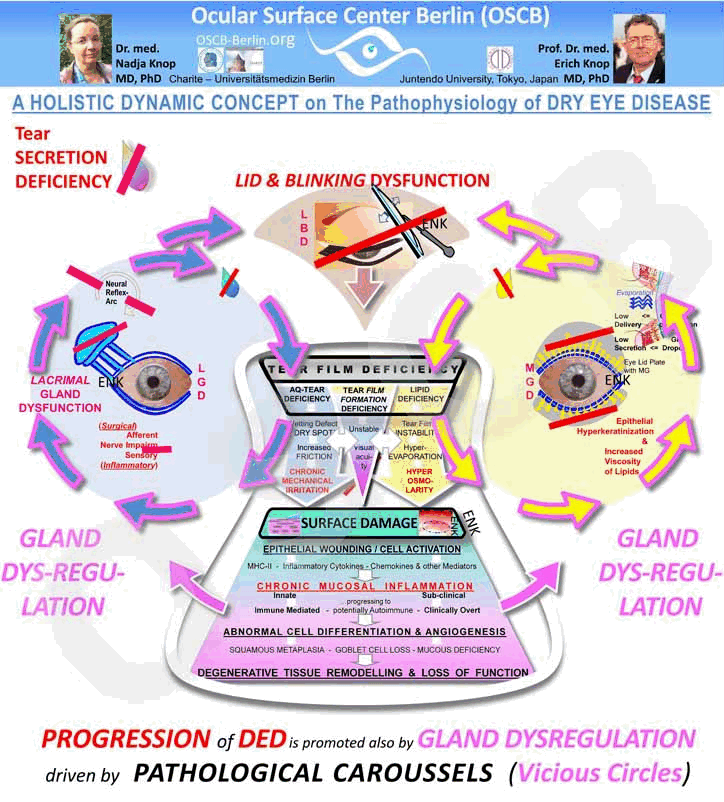In Dry EYE DISEASE there is often a Disparity between subjective Symptoms of the Patient and the objective clinical Signs points to some considerations on the neurobiology.
Stimulus, Irritation and Perception
The processing of signals from the Ocular Surface is complex and is influenced on different levels of the nervous system. Therefore, the outcome depends on many variables and may very well be different in different individuals. This fits well with the observations from our daily lives, that different people tend to have different ´nerve costumes´ and may react differently to the same stimuli.
Another issue is, that there is a principal difference between a ´perception´ e.g. of touch in a peripheral organ, such as the cornea, and the allocations that subcortical centers add to it in order to produce something that we call pain.
Pain
PAIN is not a mere perception but is basically more of a feeling, i.e. a construction of the brain, because it contains an emotional aspect that the brain allocates to an incoming afferent impulse from the periphery.
The emotional aspect that the brain allocates to the stimulus is based on very individual things like previous experiences, recent emotions, or future expectations ... in order to name just a few factors. Therefore the actual feeling that is generated in the brain can vary to a large degree in different individuals. This may point to a neuro-biological explanation of the disparity of signs and symptoms in Dry Eye Disease.
However, for the respective individual, the two different neurobiological authorities of "perception´ and of ´pain´ are not always clearly discernible ... and it is not always clear which of the authorities is more ´real´ and thus trustworthy.
Pain has the biological sense to alert us in order to avoid dangers that may threaten our health or our life. Under certain conditions when a pain becomes chronic and when it leads to a damage of the nervous system itself, it can develop into a chronic PAIN SYNDROME. Pain has then lost its biological function and becomes a disease of its own. In such cases where chronic pain persists without an identifiable tissue damage it may be useful to seek the help of a pain specialist.
Subjective emotional rating
The subjective emotional rating of a sensation may very well dominate over the pure perception ... or reverse. In some cases intense subjective symptoms are causing a severe suffering of the patient whereas the clinical investigation may only observe few minor manifest alterations or even now pathology - this may probably point to a potential chronic pain syndrome.
On the other hand there may be a patient who in fact has severe objective alterations of the normal structure and function but does not suffer from any severe symptoms or may probably have no symptoms at all. Such a patient may then have only a limited interest in therapeutic interventions even though these may be very advisable from a clinical perspective.
Psychosomatic Influence on a disease process and on its self-perception by the patient are an established and well recognized part of medicine for a long term. Apart from e.g. back pain, cardiovaculatory dysfunction, and intestinal dysfunction, a psychosomatic component can play an important role also in Dry Eye Disease, as confirmed by many studies. When the disease becomes the main concern in daily life this may suggest that it could be useful to seek the help of psychosomatics.







